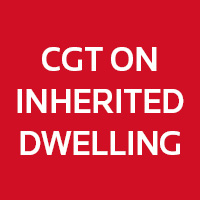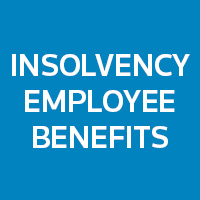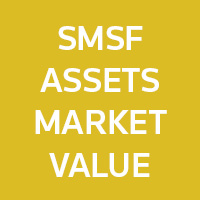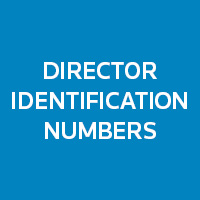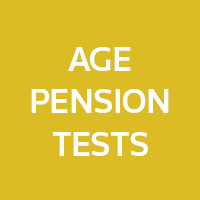Super “Opt Out” Choice For High Earners
If you’re a high income-earner with multiple employers, you may be aware of potential traps with compulsory super contributions that can lead to some hefty and unfair penalty taxes – and until now there’s been little anyone can do to avoid the problem. Fortunately, proposed new laws will give high income-earners the opportunity to take proactive steps to overcome any penalties.
Are you a medical professional or company director hired by multiple organisations who make compulsory super guarantee (SG) contributions on your behalf? Or perhaps you’re simply a high-income professional with an extra employment arrangement on the side, like a university teaching gig or consulting arrangement? If you have more than one “employer” for super purposes, you may benefit from changes to how the SG is administered for high income-earners.
What’s the issue?
A person’s concessional contributions (CCs) are capped at $25,000 per annum and include:
compulsory SG contributions
any additional salary-sacrifice amounts
any personal contributions made by the member for which they claim a deduction.
Unfortunately, a problem arises when an individual has multiple employers and inadvertently breaches their $25,000 CC cap because they receive compulsory contributions from each of these employers.
While an employer is only required to make compulsory contributions of 9.5% on the worker’s earnings up to $55,270 per quarter (or $221,080 per financial year), this applies on a per employerbasis. An employer must make contributions up to these thresholds regardless of how many other compulsory contributions the employee receives from other employers.
Example: Susan, a doctor, earns $215,000 p.a. from employer A, and $85,000 p.a. from employer B. Both employers must make contributions of 9.5% on all of Susan’s earnings because both salaries are below the $221,080 p.a. ceiling. This means Susan has total CCs of $28,500 ($20,425 + $8,075), and has breached her $25,000 CC cap.
If you contribute above the $25,000 cap, you will personally incur penalty tax on the excess amount at your marginal tax rate less a 15% offset, plus interest charges.
New opportunity to “opt out”
Fortunately, under proposed new laws before Parliament, affected employees will be able to “opt out” of receiving compulsory contributions from a particular employer by obtaining a certificate from the Commissioner of Taxation. The certificate will name a particular employer and a particular quarter of the financial year, and will exempt that employer from having to make SG contributions.
This is welcome news for high income-earners who may be at risk of breaching their CC cap. Here are some key requirements to know:
-You’ll need to apply for a certificate at least 60 days before the beginning of the relevant quarter.
-The Commissioner will only be able to issue you a certificate if you’re likely to have excess CCs if the certificate is not issued. To make this assessment, the Commissioner can rely on evidence such as past tax return data, employer payroll data and information provided in your application.
-You’ll be able to apply for certificates for multiple employers. However, you must always have at least one employer who’s required to make SG contributions for you.
-Once issued, a certificate cannot be varied or revoked.
If you choose to take advantage of this opt-out, you’ll be able to negotiate with the exempted employer to receive additional remuneration in lieu of super contributions (and you won’t need to show evidence of this to the Commissioner). The employer will still be allowed to make SG contributions (eg if negotiations for additional salary fail), but having the certificate in place means the employer will not be penalised if they don’t make contributions.
Start planning now
The legislation to enable the opt-out is likely to pass this year, creating some opportunities for 2020 planning. If you’re receiving SG contributions from multiple sources, contact us to begin your remuneration planning and to explore whether the opt-out may benefit you.



